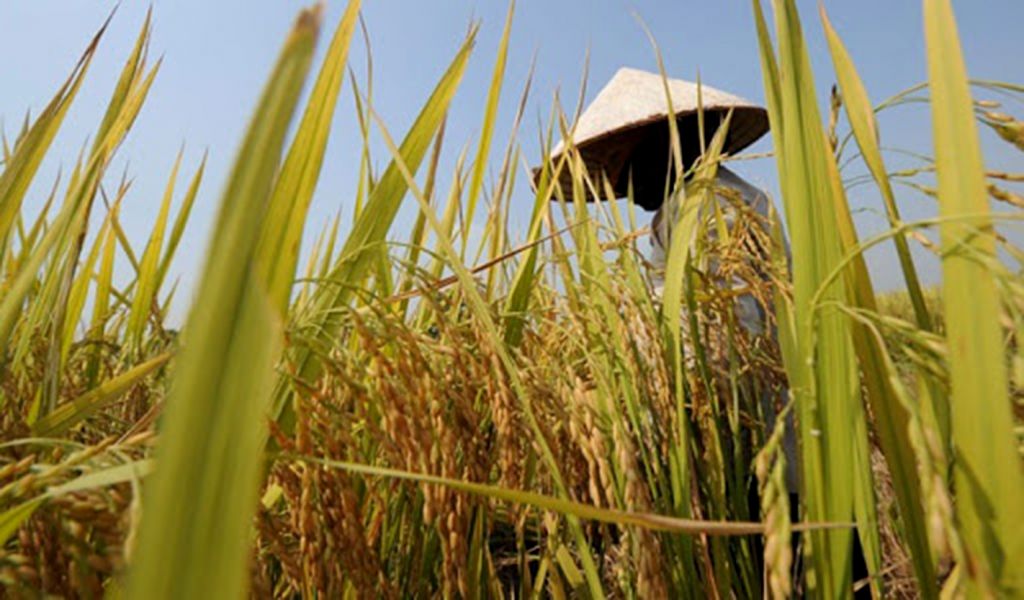Seasonal forecasts to help farmers respond to drought

Bokeo and Xayaboury provinces are expected to experience drought-like conditions between May and July due to expected high temperatures and scarce rainfall, according to the seasonal forecasts by the Laos Climate Service for Agriculture (LaCSA).
These forecasts are helping to improve farmers’ food security and bringing innovation and change in agricultural practices to respond to climate change.
The estimated start and end periods for rice growing seasons differ by province. The drought conditions expected in Bokeo and Xayaboury are expected to lead to potential rice yield loss as water shortages might affect the initial tillering and flowering stages.
Farmers in these provinces should be aware of this risk and implement water-saving practices, the forecasts said.
Such conditions are also prone to increased risk of the presence of insects and pests, such as planthoppers, thrips, and stem borers.
Across Laos, there could be yield losses due to high temperatures during the flowering stage, but rainfall conditions are expected to be average. Abundant care in water management for rice is critical to avoid possible water shortages due to high temperatures while noting the elevated risk of insect pestilence.
These are among the forecasts made by the Department of Meteorology and Hydrology (DMH) as its staff continues their work with LaCSA. The May to July forecast is critical for the initial planning for the rice season and the selection of varieties.
The information has been analyzed and the findings produced by the staff while they worked from home during the nationwide Covid-19 lockdown.
Amid the challenges presented by the Covid-19 pandemic and restrictions on movement to mitigate its spread, Lao government officials have continued to work remotely on the Food and Agriculture Organisation (FAO) project “Strengthening Agro-climatic Monitoring and Information Systems (SAMIS)” as they continue on the path to becoming senior experts in agro-climatology and agro-meteorology.
This work has led to updates of seasonal forecasts for farmers over the next six months, to which staff from the Department of Agricultural Land Management (DALAM) and the National Agriculture and Forestry Research Institute (NAFRI) have contributed.
DALAM has created a soil and crop calendar database, while NAFRI has produced the crop seasonal advisory by undertaking soil water modeling. These two sources of information are merged to produce published bulletin recommendations for rice farmers, available by the province.
source: http://www.vientianetimes.org.la/sub-new/Current/Curr_Seasonal_88.php
